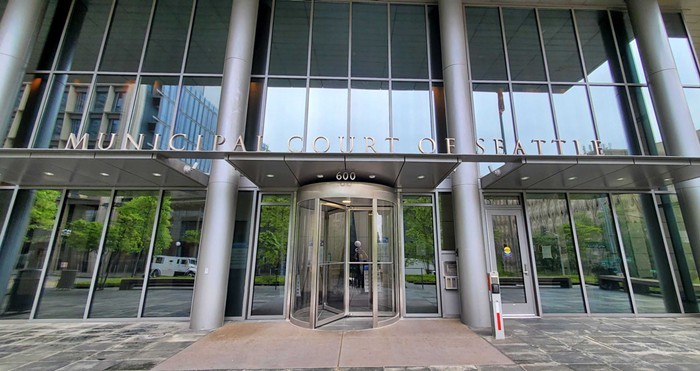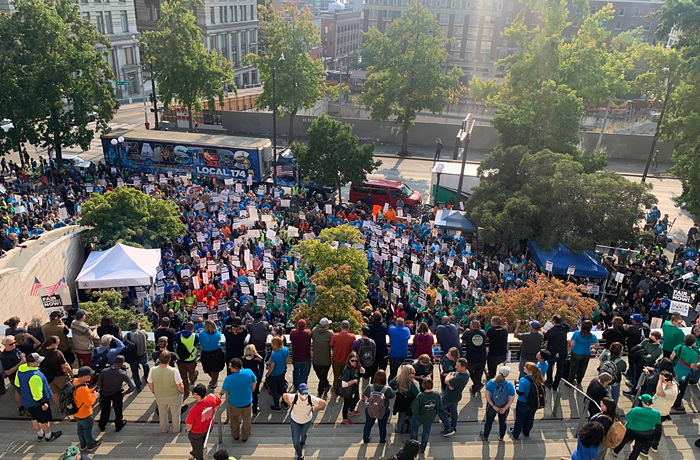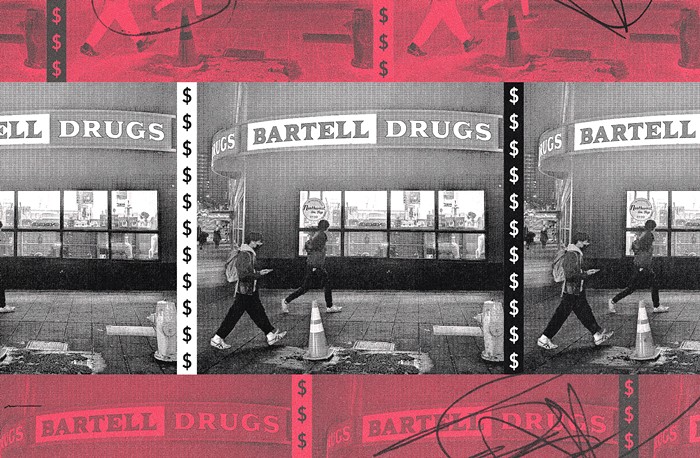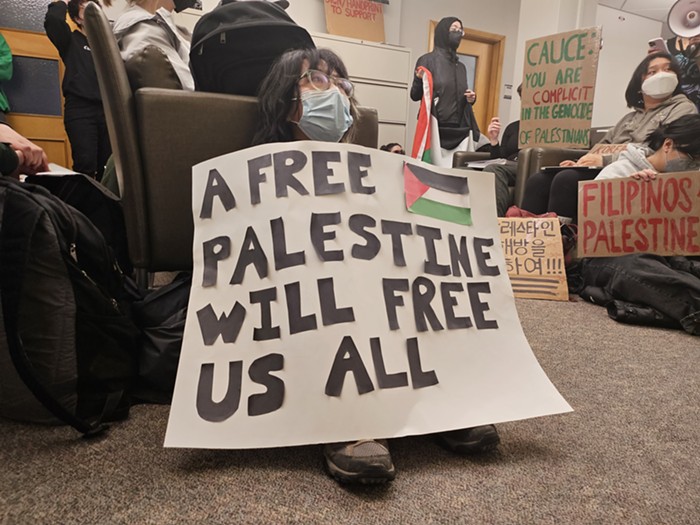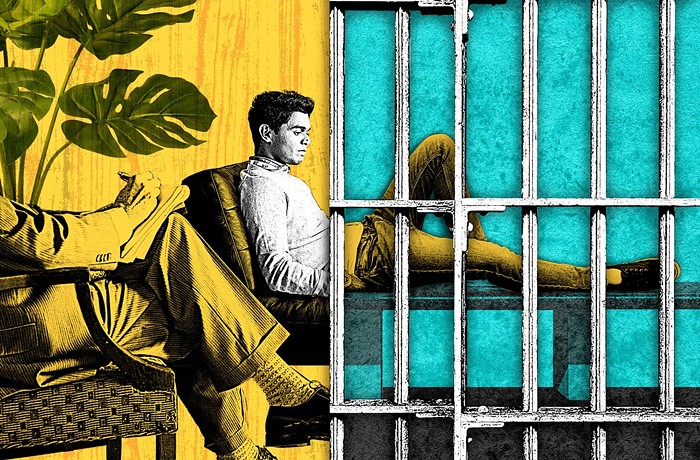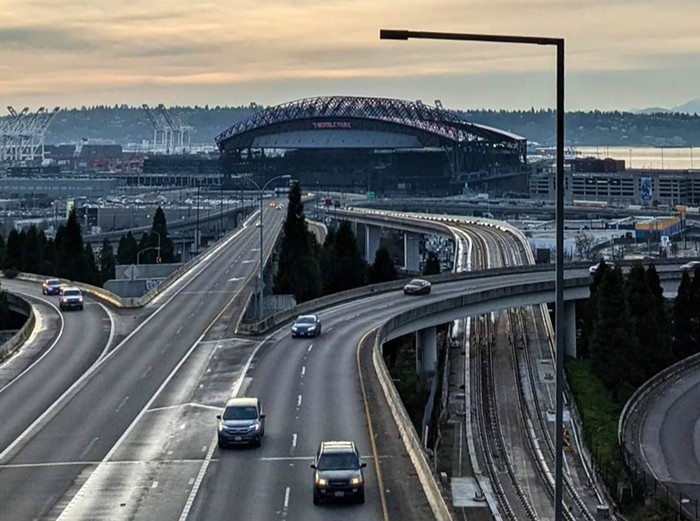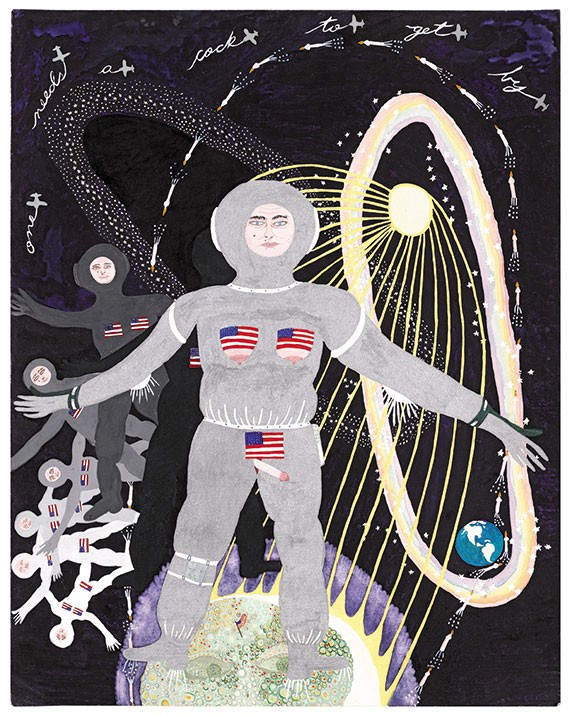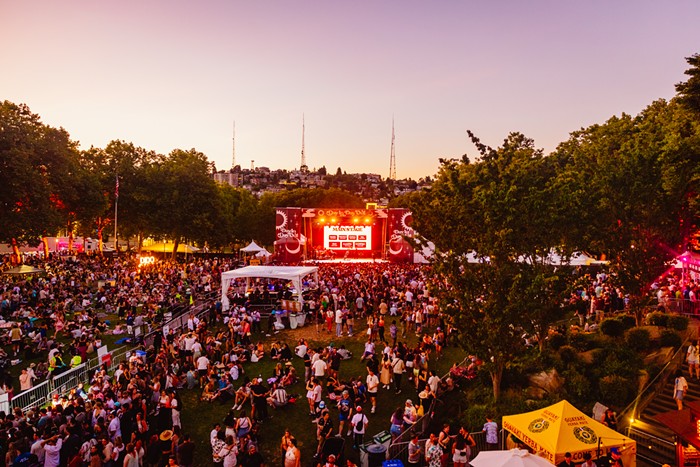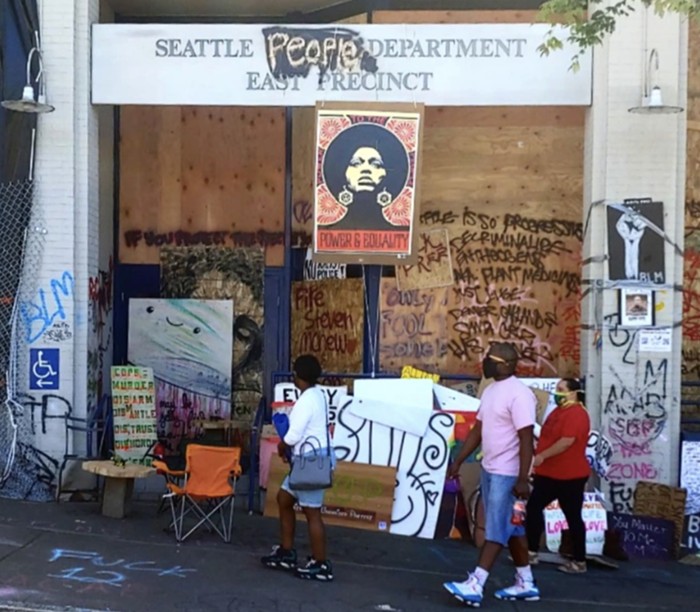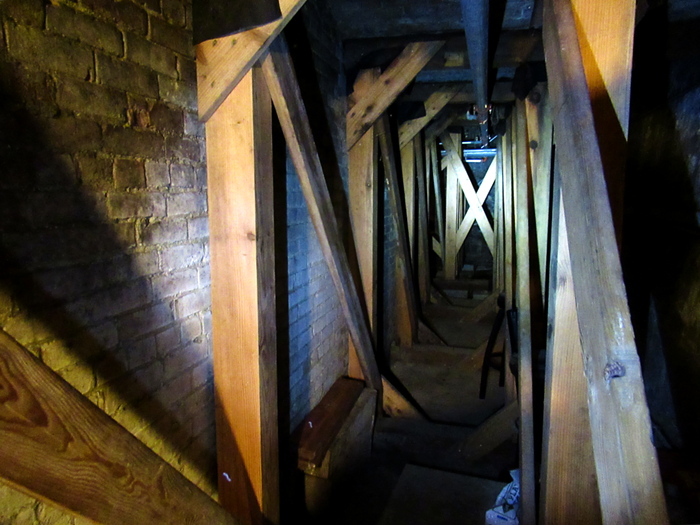In March, a team of city investigators discovered 153 big-leaf maple trees that had been hacked down in the West Duwamish Greenbelt on a West Seattle hillside. The story, first reported by the Seattle Times, sparked public outrage. One anonymous commenter suggested the city "chop the [culprits] to pieces and see how it feels."
The hillside is recognized by the Seattle Department of Construction and Inspections as an environmentally critical area because it is prone to landslides. Now, with fewer trees to stabilize the soil, more soil will slough off the hillside, said Bryan Stevens, a media representative for SDCI.
When the city attorney's office launched an investigation into the clear-cutting incident later in the month, four homeowners, backed with a lawyer, admitted to cutting the trees. In a letter from their attorney, one homeowner claimed the group had hired contractors to prune their trees while they were out of town and came back to the felled trees.
While the West Seattle homeowners have apologized—and shifted the blame—they also have restored their coveted, property-value-boosting views of Puget Sound and downtown Seattle.
Cass Turnbull doesn't buy the explanation offered by the West Seattle homeowners. Turnbull works as a professional gardener and horticulturalist. She founded Plant Amnesty in 1987, "to end the senseless torture and mutilation of trees and shrubs," and Tree PAC, the legal arm of the advocacy organization.
"When people talk about 'my view,' they don't own a view," said Turnbull. "They own a window that has a view. They didn't pay anybody for the air rights above their home. If a building came up between you and the water, you wouldn't have any rights to tell them to tear off the top floor they just put on."
While incidents like the one in West Seattle get headlines, it isn't the only way trees are damaged across the city. More often, homeowners hire tree-trimming crews to remove large branches from the tops of their trees, a practice called "tree topping."
People have been illegally "topping" trees for decades, said Turnbull. Poor pruning practices threaten urban forests and dramatically shorten trees' lives. When trees are topped, the structural integrity of the tree becomes compromised and—pay attention, homeowners—the cut branches sprout back quickly and much thicker.
Nolan Rundquist, Seattle's city arborist, has seen topped trees all over the city. "It's absolutely the worst thing you can do if you wanted to do something to improve your view," said Rundquist. "You're going to end up with a more blocked view than you started off with."
The obsession with uninterrupted views—of the water, of the mountains, of Mount Rainier—has led some homeowners to bully their neighbors into topping their trees. Turnbull encourages residents being pressured by view-mongering neighbors to ignore them. "If you cut down one tree to appease your neighbors' desire for a view, they'll be back next week for another one," she said.
Alan Kohn has been dealing with complaints from his neighbors for the last 30 years. Kohn lives in Innis Arden, a community near Shoreline with strict requirements about tree heights. In the mid-1980s, the Innis Arden Club's board of directors passed a view covenant that mandated that trees on private property could not stand taller than the average house, or about 22 feet.
Kohn and his late wife had two Douglas fir trees in their yard, which stood about 135 feet tall. The Kohns were able to appease their view-obsessed neighbors at first by cutting tree branches to create openings in the tree line. But newer neighbors were more adamant about their view rights.
"At that time, and until very recently, the board was dominated by people who were advocating for views rather than trees," Kohn said.
After his family's Douglas firs were cut down, the board passed a motion that floored the Kohns. The board decided to cut down around 63 mature Douglas firs trees in Bear Reserve, a previously protected nature reserve near the Kohns's home.
"It was pretty much clear-cut... which destroyed the shade and gave neighbors on higher ground more of a view," he said.
"We lose trees incrementally—one at a time," said Turnbull. "People think that this one doesn't count, but it's the cumulative value that matters. The good that trees do are for the whole neighborhood, not the one person that owns it."

